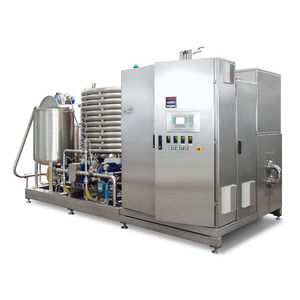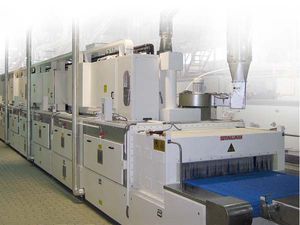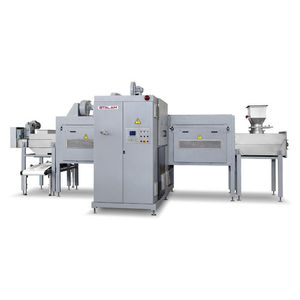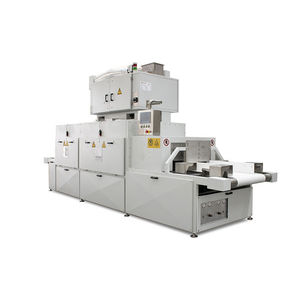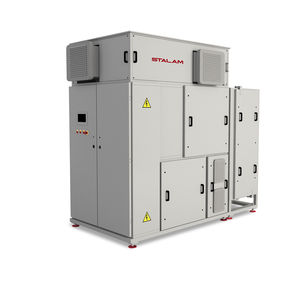
- Livestock Farming
- Milking equipment
- Pasteurizer
- Stalam S.p.A.

- Company
- Products
- Catalogs
- News & Trends
- Exhibitions
Radio frequency pasteurizer SANIBULK+
Add to favorites
Compare this product
Characteristics
- Other characteristics
- radio frequency
Description
Traditional pasteurisation methods use hot air circulation, dripping hot water or direct steam injection into the treatment cabinet or tunnel for heating the packaged food. The temperature rise of the product is slow and non-uniform due to poor thermal conductivity of the packaging material, of the air or modified atmosphere contained in the package and within the food substrate itself. In order to reach a given temperature level in the coldest spot of the product a proportionally long heating time is required, affecting in particular the outside layers of food that are more exposed to heat. Consequently, the product loses its quality in terms of sensorial (colour, flavour, texture, etc.) and nutritional characteristics.
The drawbacks of conventional pasteurisation methods can be avoided thanks to the ability of radio frequency to rapidly generate heat volumetrically within the product. The heating process is fast, uniform and controlled, therefore product deterioration is minimised.
Stalam is the first company worldwide to have developed industrial pasteurising equipment by radio frequency for packaged products such as bread loaves, fresh pasta, gnocchi, etc.
Catalogs
No catalogs are available for this product.
See all of Stalam S.p.A.‘s catalogsRelated Searches
*Prices are pre-tax. They exclude delivery charges and customs duties and do not include additional charges for installation or activation options. Prices are indicative only and may vary by country, with changes to the cost of raw materials and exchange rates.


